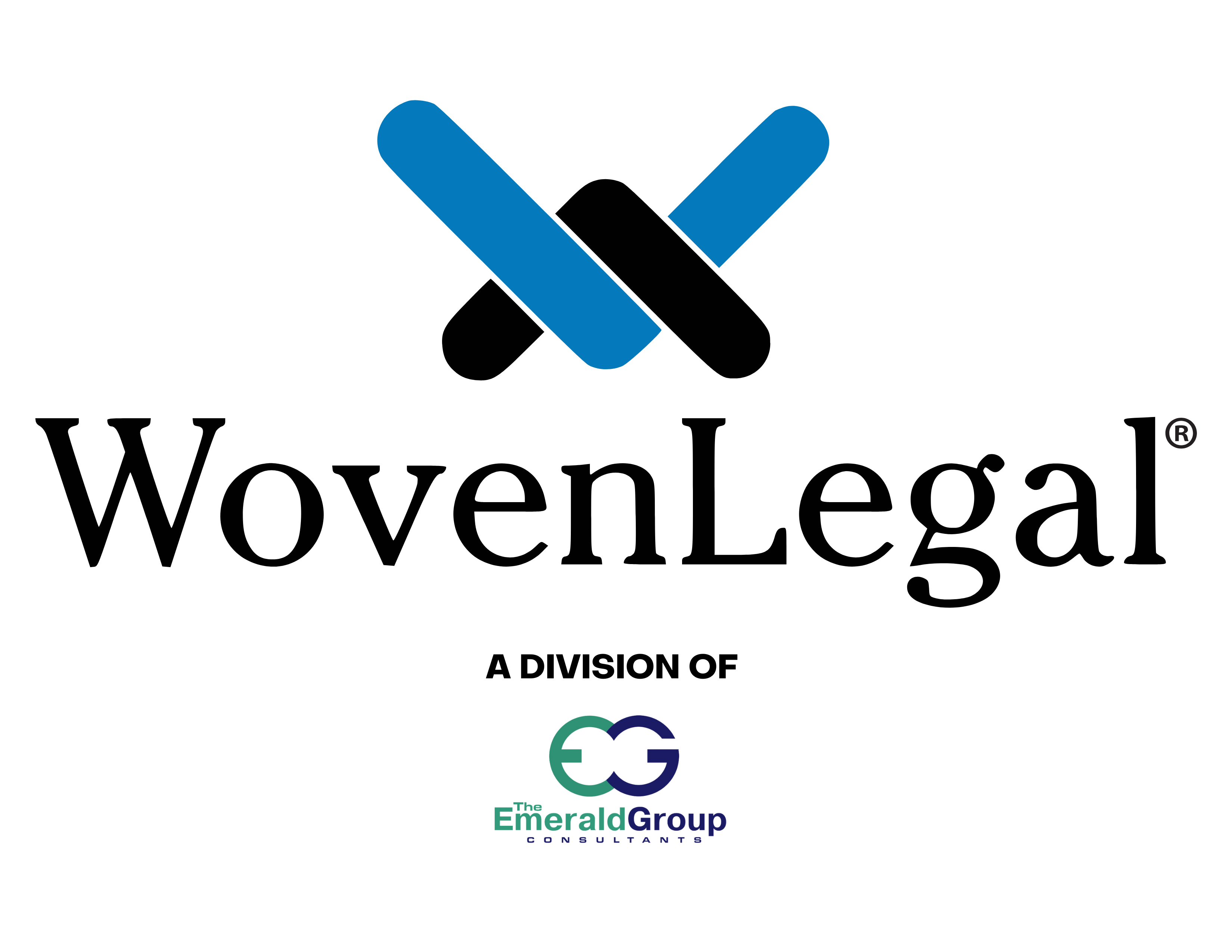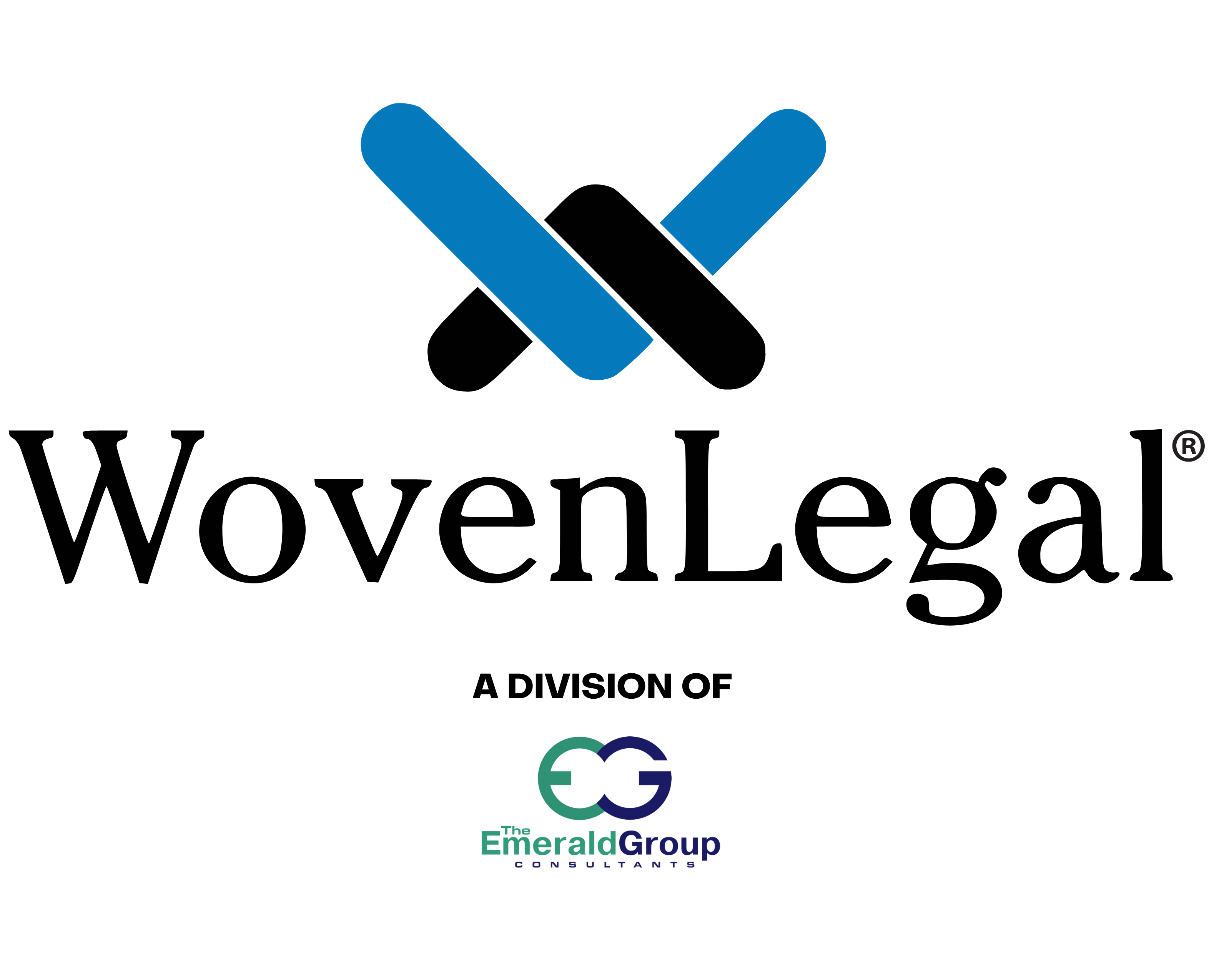In the dynamic legal practice environment, effective communication is crucial for building robust relationships between attorneys and their staff. One of the best ways to strengthen this communication is through regular 1:1 meetings, which foster a personal connection and promote professional development. These meetings create a dedicated opportunity to discuss progress, tackle challenges, and provide support for growth. Below, we present a clear framework for conducting productive 1:1 meetings in your law firm.
1. Prepare Before the Meeting
Set a Schedule: Consistency is critical. Establish a regular frequency for your 1:1 meetings, whether weekly, bi-weekly, or monthly. This ensures open lines of communication and accountability. HINT: Do your best NOT to reschedule these meetings. It is essential to show your staff that you value and respect this time with them.
Agenda Setting: Both the attorney and the staff member should participate in creating the agenda. A shared document allows both parties to add discussion items and serves as a historical record of previous meetings. Typical agenda items may include updates on ongoing cases, performance feedback (we encourage the format: “What should I start doing, what should I stop doing, and what should I continue doing?”), professional development opportunities, and any updates from the firm.
Review Previous Notes: If you’ve had earlier meetings, take a moment to review notes and follow up on action items to effectively continue ongoing discussions.
2. Structure of the Meeting
Opening (5-10 Minutes):
Start with a casual check-in. Ask about the employee’s well-being or recent life events to establish rapport and create a friendly atmosphere. Setting a positive tone encourages openness and helps put both parties at ease.
Agenda Items (20-30 Minutes):
- Project Updates: Give the employee space to provide updates on their current work, focusing on milestones reached and challenges encountered.
- Feedback Discussion: Share constructive feedback, recognizing achievements while addressing areas for improvement.
- Challenges and Solutions: Discuss challenges openly, brainstorming potential solutions together.
- Career Development: Explore the employee’s career goals, discussing training and mentorship opportunities that may assist in their growth. (Depending on the frequency of the 1:1, this topic may not need to be addressed at each meeting.)
- Open Floor: Allow time for the employee to bring up any topics they wish to discuss, whether work-related or personal.
Closing (5-10 Minutes):
- Summarize Key Takeaways: Recap decisions made, feedback given, and next steps to ensure everyone leaves with a clear understanding of the discussion.
- Action Items: If applicable, assign specific tasks or goals for both parties with follow-up deadlines using calendars or project management software.
- Schedule Next Meeting: Confirm the date and time of the next 1:1 to maintain consistency and ensure it is on the calendar.
3. Follow Up After the Meeting
Documentation: Take comprehensive notes during the meeting and document critical points, decisions, and action items.
Share Notes: For transparency and accountability, send the employee a summary of the conversation. Doing this reinforces responsibilities and expectations. Update the shared document immediately after the meeting while the discussion is fresh and on everyone’s mind for easy prep for the next meeting.
Check-in on Action Items: Follow up on any agreed-upon actions before the next 1:1 meeting to show commitment to the discussion’s priorities.
4. Tips for Effective 1:1 Meetings
- Be Present: Eliminate distractions by turning off notifications and focusing entirely on the conversation during the meeting.
- Active Listening: Practice listening techniques to understand the employee’s concerns and insights clearly.
- Create a Safe Space: Encourage honesty by fostering an environment where employees feel comfortable sharing their views without fear of negative repercussions.
- Be Supportive: Reinforce your support for the employee’s growth and success within the firm, demonstrating your commitment to their professional development.
Conclusion
Implementing a structured approach to 1:1 meetings in your law firm enhances communication, increases employee engagement, and cultivates a collaborative culture. By establishing regular check-ins and creating a supportive environment, you contribute to your team’s professional development, ultimately improving the firm’s overall functioning. Regular 1:1 meetings don’t just enhance productivity; they strengthen the entire workplace dynamic, paving the way for a successful legal practice. At Woven Legal, we understand the importance of these interactions. That’s why we offer staffing solutions that include comprehensive client and contractor coaching, supported by a dedicated Relationship Manager throughout the engagement. By partnering with us, you can ensure that your practice not only thrives but also fosters a positive and productive work environment for everyone involved.




Comments are closed